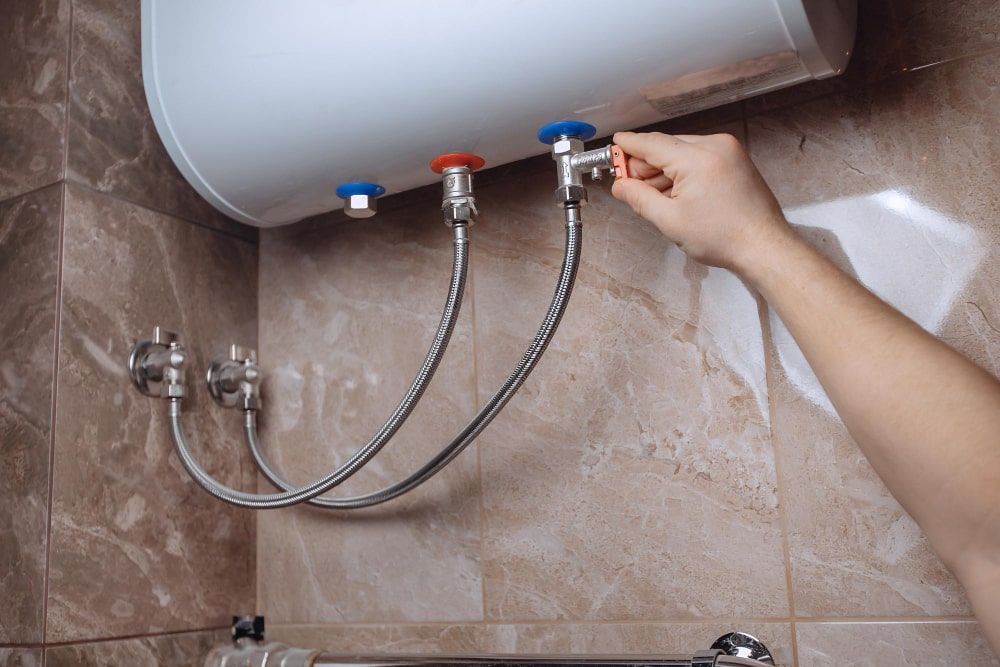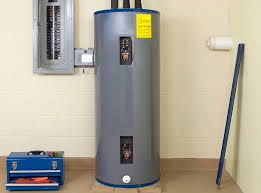Simple Ways to Maintain Your Home's Hot Water System ProperlyEffective Methods to Maintain Your Home's Hot Water System Successfully
See AvailabilityAny individual may have his or her own thinking about Water Heater Maintenance Tips You Can't Afford to Forget.

Warm water is vital for day-to-day comfort, whether it's for a revitalizing shower or washing meals. To ensure your warm water system runs efficiently and lasts much longer, routine upkeep is crucial. This article supplies useful pointers and insights on just how to keep your home's hot water system to stay clear of interruptions and pricey fixings.
Introduction
Keeping your home's hot water system could seem difficult, yet with a couple of easy actions, you can ensure it runs efficiently for many years to come. This overview covers whatever from understanding your warm water system to DIY maintenance pointers and understanding when to hire specialist assistance.
Relevance of Preserving Your Hot Water System
Routine maintenance not just expands the lifespan of your warm water system but additionally ensures it runs efficiently. Overlooking upkeep can result in lowered effectiveness, greater energy costs, and even early failing of the system.
Signs Your Warm Water System Needs Maintenance
Recognizing when your hot water system needs focus can avoid significant concerns. Look out for indications such as irregular water temperature level, weird noises from the heater, or rustic water.
Recognizing Your Hot Water System
Before diving right into upkeep jobs, it's helpful to understand the standard components of your hot water system. Normally, this includes the water heater itself, pipes, anode rods, and temperature level controls.
Month-to-month Upkeep Tasks
Normal regular monthly checks can help capture small issues before they escalate.
Flushing the Hot Water Heater
Purging your water heater removes sediment buildup, improving effectiveness and extending its life.
Checking and Replacing Anode Rods
Anode rods avoid deterioration inside the container. Evaluating and replacing them when worn is important.
Checking and Changing Temperature Level Settings
Adjusting the temperature setups ensures optimum efficiency and safety and security.
Do It Yourself Tips for Upkeep
You can do numerous upkeep jobs on your own to keep your hot water system in top condition.
Checking for Leaks
Routinely examine pipes and connections for leakages, as these can cause water damages and greater costs.
Examining Stress Alleviation Valves
Checking the stress safety valve guarantees it works appropriately and protects against too much stress buildup.
Insulating Pipes
Insulating hot water pipes reduces warm loss and can save power.
When to Call a Specialist
While DIY maintenance is beneficial, some concerns need expert proficiency.
Complex Concerns Needing Expert Help
Instances consist of major leakages, electric troubles, or if your water heater is consistently underperforming.
Regular Expert Maintenance Conveniences
Expert maintenance can consist of extensive inspections, tune-ups, and making sure compliance with safety criteria.
Conclusion
Normal maintenance of your home's hot water system is necessary for effectiveness, longevity, and price savings. By adhering to these ideas and knowing when to seek specialist assistance, you can make certain a trustworthy supply of warm water without unforeseen interruptions.
How to Maintain an Instant Hot Water Heater
Before tinkering with your hot water heater, make sure that it’s not powered on. You also have to turn off the main circuit breaker and shut off the main gas line to prevent accidents. Also turn off the water valves connected to your unit to prevent water from flowing into and out of the appliance. 2. When you’re done, you have to detach the purge valves’ caps. These look like the letter “T” and are situated on either side of the water valves. Doing so will release any pressure that has accumulated inside the valves while at the same time avoid hot water from shooting out and burning your skin. 3. When the purge valves’ caps are removed, you have to connect your hosing lines to the valves. Your unit should have come with three hoses but if it didn’t, you can purchase these things from any hardware or home repair shops. You can also get them from retail stores that sell water heating systems. Read the user’s manual and follow it to complete this task properly. When the hosing lines are connected, open the purge port’s valves. 4. You should never use harsh chemical cleaners or solutions when cleaning your unit. Make use of white vinegar instead. It should be undiluted and you’ll probably use about 2 gallons. 5. Now flush your water heater. This task should probably take about 40 minutes. We can’t give you specific directions for this because the procedure is carried out depending on the type, model and brand of your heater. With that being said, refer to the user’s manual. 6. When you’re done draining the unit, you have to turn off the purge port valves again. Remove the hosing lines that you earlier installed on each of the water valves. Put the valve caps (purge port) back in their respective places and be very careful so as not to damage the rubber discs that are found inside these caps. 7. Now that everything’s back in place, check your user’s manual again to find out how to reactivate your water heating system. 8. Once it is working, turn one of your hot water faucets on just to let air pass through the heater’s water supply pipes. Leave the tap on until water flows smoothly out of it. https://www.orrplumbing.com/blog/2014/september/how-to-maintain-an-instant-hot-water-heater/

I hope you enjoyed our piece about What Kind of Maintenance Do Water Heaters Need?. Thank you for taking a few minutes to read our blog. Enjoyed our write-up? Please quickly share it. Help other people check it out. I praise you for your time. Don't forget to stop by our blog back soon.
Booking